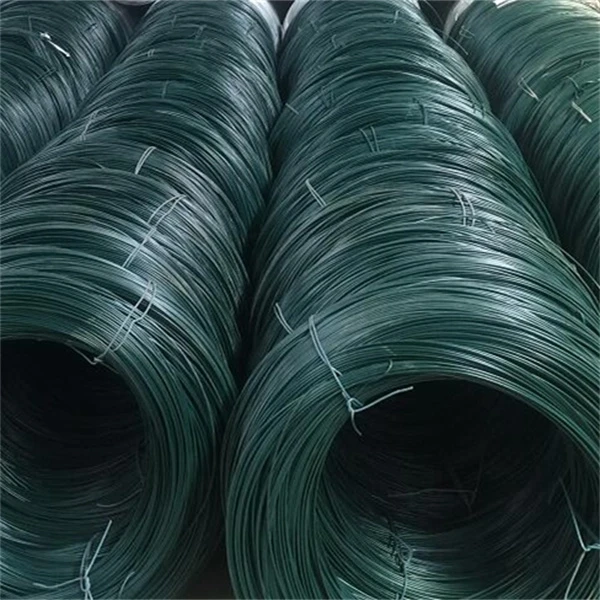Nov . 29, 2024 21:41 Back to list
best gabion retaining wall materials
Best Gabion Retaining Wall Materials
Gabion retaining walls have become increasingly popular in landscaping and civil engineering due to their aesthetic appeal and structural functionality. Gabions are wire mesh containers filled with rocks, stones, or other materials, offering a versatile solution for various engineering challenges such as erosion control, landscaping, and stabilizing steep slopes. If you're considering the construction of a gabion retaining wall, it is essential to choose the right materials to achieve the desired durability and visual impact. This article will explore the best gabion retaining wall materials and their benefits.
1. Wire Mesh Baskets
The backbone of any gabion structure is the wire mesh baskets that contain the fill materials. The choice of wire material is crucial for the longevity of the wall. Galvanized steel wire is the most commonly used material due to its corrosion resistance and strength. For enhanced durability, consider high-tensile wire, which offers increased tensile strength, making it less prone to deformation under load. Additionally, polymer-coated wire mesh is gaining traction due to its resistance to rust and a broader variety of color options, which can enhance the overall aesthetic of the wall.
2. Fill Materials
The fill material within gabion baskets plays a significant role in the wall's performance. Here are some of the best-fill materials
- Natural Stone This is the most traditional and commonly used fill for gabions. Natural stones are attractive and come in various shapes and sizes, making it easy to find the perfect fit for your design. They interlock naturally, providing structural integrity while allowing water drainage. - Crushed Rock Crushed rock provides a uniform appearance and stability when filled into gabion baskets. It typically consists of angular stones, which create tighter packing and may offer better weight-bearing capabilities.
- Recycled Concrete An eco-friendly option, recycled concrete is both cost-effective and sustainable
. It can be sourced from demolition sites and repurposed into gabion fill, providing a unique look and reducing waste in landfills.- Gravel Round or crushed gravel offers excellent drainage properties, making it suitable for areas prone to water accumulation. However, it is essential to consider its resistance to shifting, as gravel alone may not provide the same stability as heavier stones.
best gabion retaining wall materials

- Boulders For larger structures, using boulders as fill can provide substantial weight and strength to the gabion wall. Boulders may require heavy machinery for placement, but their size and natural aesthetics can create impressive visual features.
3. Geotextiles
While not typically a primary fill material, incorporating geotextiles behind gabion walls can help improve drainage and prevent soil erosion. Geotextiles act as a filter, allowing water to flow through while mitigating soil displacement. This is particularly beneficial for retaining walls built on slopes or near bodies of water, where soil erosion can compromise structural integrity.
4. Backfill Materials
In some applications, backfill behind a gabion retaining wall may be necessary to provide additional support and stability. The most suitable backfill materials include
- Granular Fill This includes sand, gravel, or stone that can easily drain water and offers stability without retaining too much moisture, which could lead to soil erosion behind the wall.
- Compacted Soil Compacting native soil can provide substantial support for the gabion wall, especially if it is well-drained and not prone to high shrink-swell activity.
Conclusion
Choosing the right materials for a gabion retaining wall is vital for its longevity, functionality, and visual appeal. Wire mesh baskets made from galvanized steel or polymer-coated materials form the basis of your wall, while fill materials such as natural stone, crushed rock, recycled concrete, or boulders provide structural integrity and drainage. Additionally, incorporating geotextiles and selecting appropriate backfill will ensure the longevity and stability of your gabion wall. Proper design and material selection not only enhance the aesthetics of your landscape but also contribute to environmental stability, making gabion retaining walls an excellent choice for various construction and landscaping projects. Whether you’re a DIY enthusiast or a professional contractor, understanding these materials will help you build a robust and attractive gabion retaining wall that meets your specific needs.
-
Visualizing Gabion 3D Integration in Urban Landscapes with Rendering
NewsJul.23,2025
-
The Design and Sustainability of Gabion Wire Mesh Panels
NewsJul.23,2025
-
The Acoustic Performance of Gabion Sound Barriers in Urban Environments
NewsJul.23,2025
-
Mastering the Installation of Galvanized Gabion Structures
NewsJul.23,2025
-
Gabion Boxes: Pioneering Sustainable Infrastructure Across the Globe
NewsJul.23,2025
-
Custom PVC Coated Gabion Boxes for Aesthetic Excellence
NewsJul.23,2025
-
Installation Tips for Gabion Wire Baskets in Erosion Control Projects
NewsJul.21,2025






